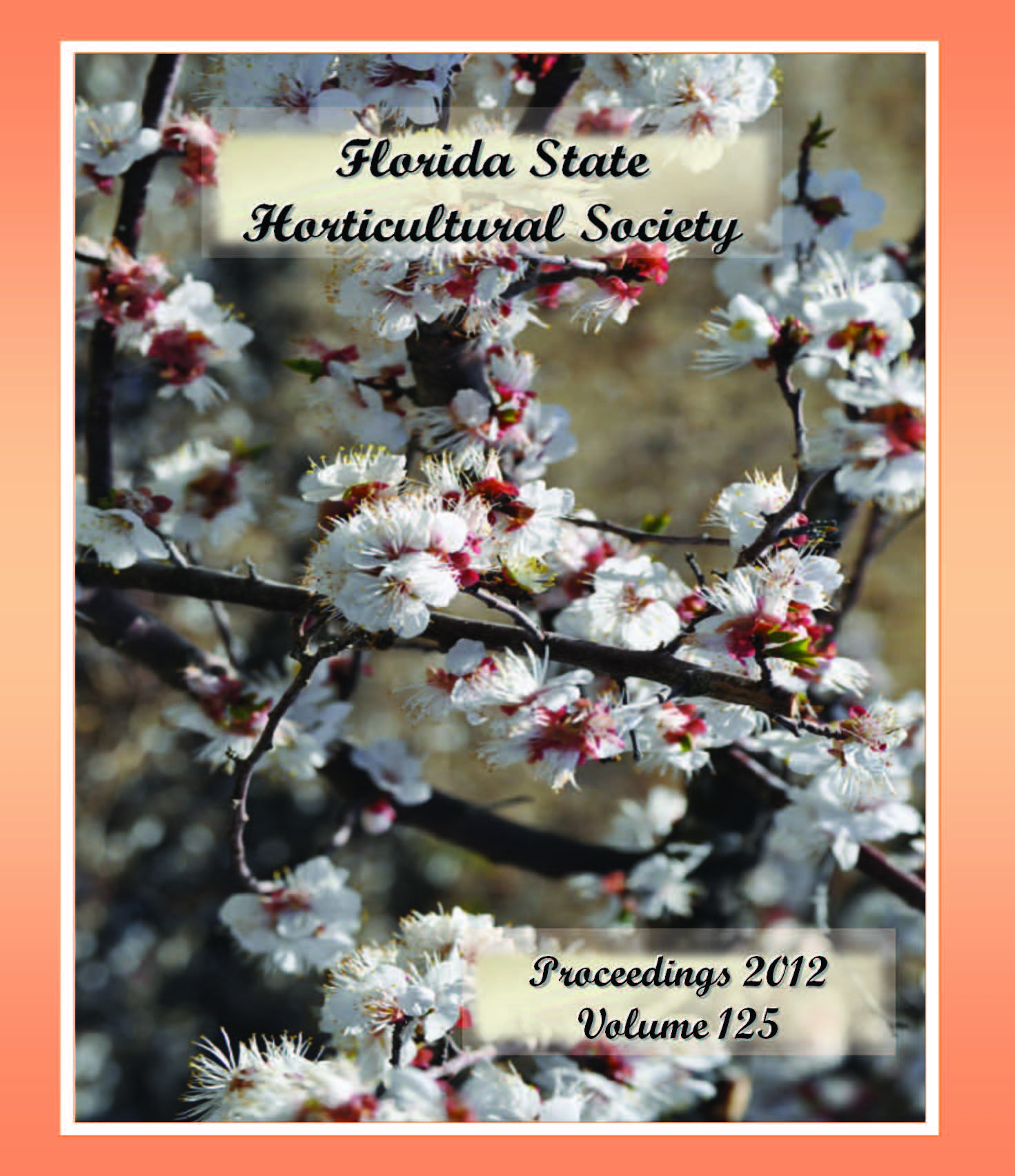Abstract
The ornamental plant industry, comprising decorative plants, shrubs, bushes, and trees, is the single largest segment of the country’s agricultural industry. In the 2010–2011 crop season, potting soils BM 6, BM 6 PBH–rice hulls, BM 6 15% perlite, and BM 4 Euro were compared with CORE plus pine bark, peat, peat with 15% perlite, Pinstrup. Test crops were colored Aglaonema, Spathiphyllum, Syngonium,fern, Calathea, English ivy, and Christmas cactus. All of the BM4 Euro, BM 6, and BM 6 PBH–rice hulls soils outperformed the comparison potting soils with more root mass, root hairs, foliage, and better leaf color. The cutting loss ratio in the ivy trial was shown to be 0 out 18 and had a root mass that held the potting soil tightly, making transplanting easier. The colored Aglaonema cuttings ended up with less than 15 surviving out of 40 in the comparison potting soil. The cuttings potted in BM 4 Euro consistently had a higher number of cuttings rooting as compared with CORE plus pine bark. The BM 4 Euro significantly had 80% to 90% more root mass, rooted faster, and had leaf numbers of 8 to 9 as compared with 4 to 5 in the CORE plus pine bark and were ready for transplanting 1 to 2 weeks earlier. The cutting loss ratio in the Aglaonema trial was 0 to 10 in the comparison potting soil. With this kind of results, the grower could expect to get crops to market sooner.

